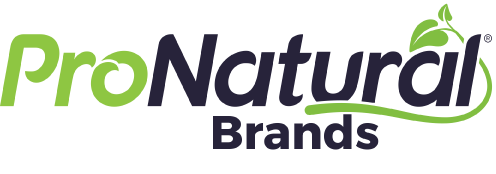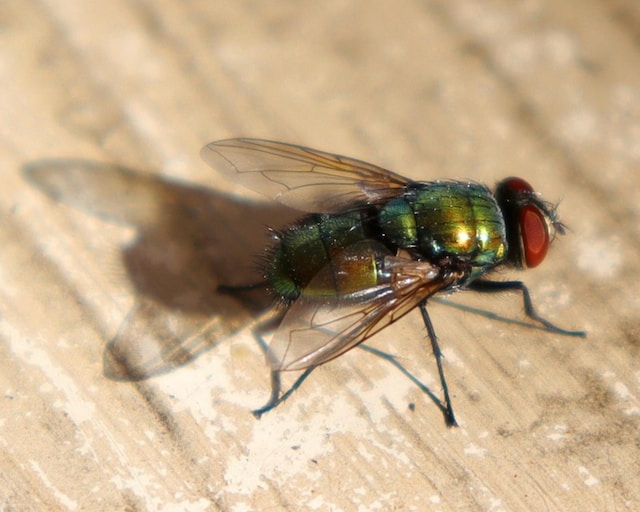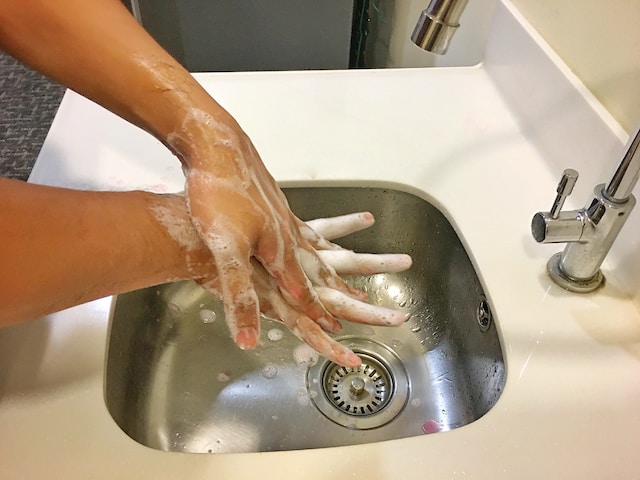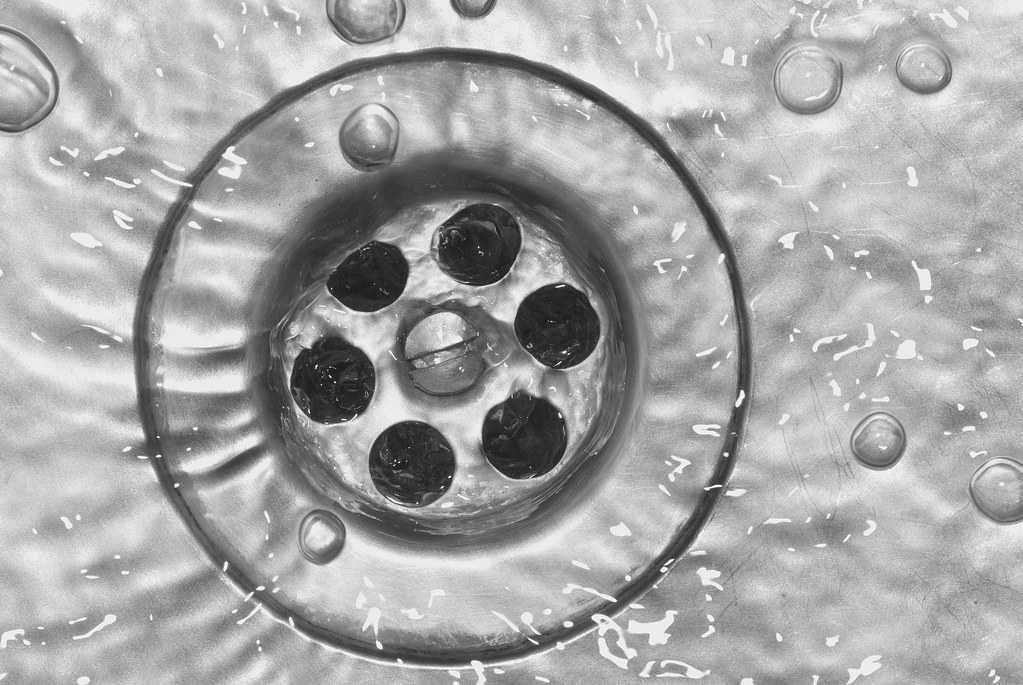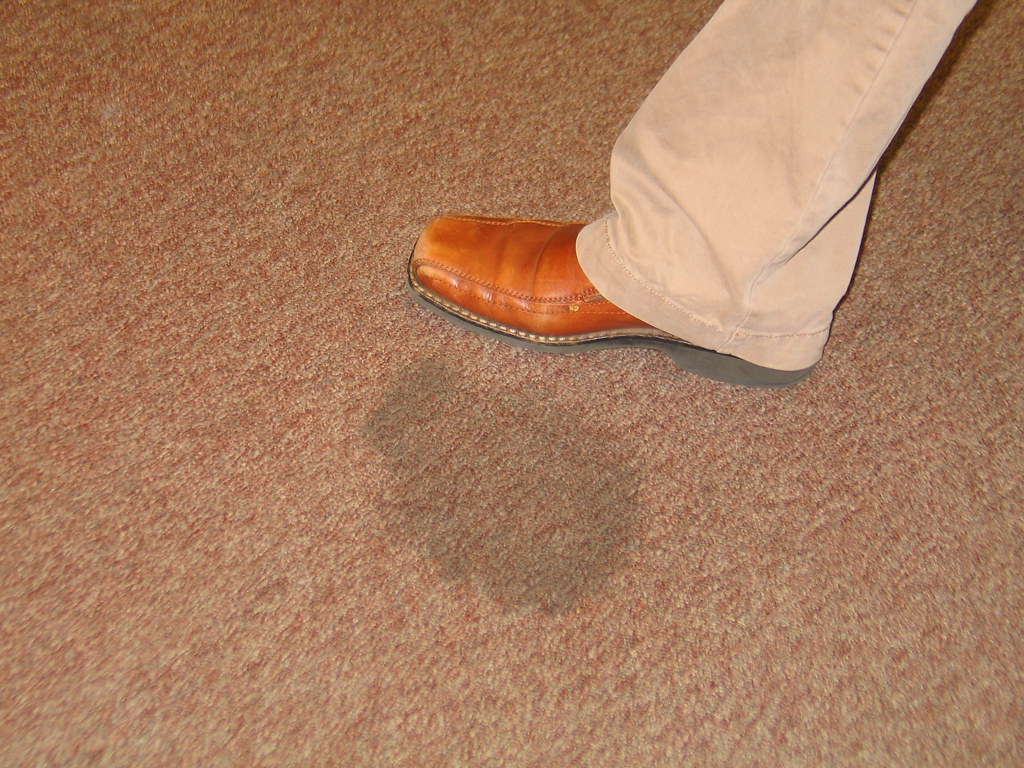The Evolution of Surface Disinfectants
In this short video, Lee Chen, COO of ProNatural Brands, marketers of citric acid-based cleaning solutions, sanitizers, and disinfectants, discusses the history of disinfectants used by consumers and cleaning professionals.
Here is the transcript:
ProNatural Brands Insights | The Evolution of Surface Disinfectants
Robert Kravitz:
Hi, this is Robert Kravitz. I’m a writer for the Professional Cleaning Industry. And today, in our first edition of ProNatural Brands Insights, we will talk to Lee Chen, Chief Operating Officer of ProNatural Brands. He will speak to us today about the evolution of surface disinfectants and cleaners.
Lee Chen:
Hello Robert. So, many surface disinfectants were discovered, developed, and introduced over the centuries. Today we will focus on the most common ones used for surface disinfection and cleaning.
The First Disinfectants
The first surface disinfectants were introduced a few thousand years ago when sulfur was a disinfectant of choice. It worked too well because it killed not only bacteria and viruses but plants and animals as well.
In the 1800s, Louis Pasteur developed and pioneered the disinfection and pasteurization process. So, when you hear about pasteurized milk, now you know the origins of it, Louis Pasteur.
Phenols or phenolics became the surface disinfectant of choice at that time. They were effective against viruses and bacteria. However, they found it to be toxic to cats and newborn babies, so they had to stop using phenolics.
More Recent Disinfectants
Then quaternary ammonium, or quats, as we call it, became the disinfectant of choice. Quats are highly effective and inexpensive, and today they still are widely used disinfectants for many applications. However, quats have been suspected to be harmful to the reproductive system. It is also a skin sensitizer (a chemical that will lead to allergic reactions) and potentially dangerous to aquatic life. There is even an organization called People Against Quats, whose goal is to eliminate toxic chemicals (like quats) from the home.
Today, chlorine or bleach is also popular because it is inexpensive, kills bacteria, and whitens clothing. Then, again, chlorine is very corrosive and harmful to many surfaces, and if accidentally mixed with ammonia or acid, it forms a deadly toxic gas. Overexposure has also been known to harm their respiratory organs and causes asthma.
We then evolved a safer disinfectant called hydrogen peroxide. Peroxides were used to clean wounds, so they must be safe. However, peroxide oxidizes quickly in water. So, when mixed with water, its effectiveness and shelf life are very short-lived. Further, overexposure can irritate the eyes, nose, skin, and throat.
Another disinfectant is thyme oil. Thyme oil comes from phenolic. Therefore, it is effective. However, again, it is a skin sanitizer that is harmful to aquatic life and irritates the lungs at high concentrations.
Citric-Acid Based Disinfectants
Finally, at ProNatural Brands, we first developed a cleaning system for soft ice cream machines. We wanted a cleaner, sanitizer, and disinfectant that would be safe for people, animals, and the environment. It also had to be multifunctional to reduce the number of cleaners needed to clean and simplify training.
That’s how and why our other products for home and professional cleaning – cleaners, sanitizers, and disinfectants – were developed. We formulated a disinfectant sanitizer cleaner based on citric acid, which is natural, and blended it with all FDA-approved food additive ingredients. So, think about what could be safer than cleaning, disinfecting, and sanitizing than with food additive ingredients.
Plus, a recent study by the City of San Francisco Department of Environment shows that citric acid is one of the safest disinfectants today. And here’s a bonus. It increases productivity, which equals profitability for businesses. And, if sustainability is your focus, why not use a product that’s based on citric acid, safe for people, safe for animals, and harmless to the planet we live in?
Robert Kravitz:
Lee, I’ve been writing for the cleaning industry for over 20 years, and I learned so much in this very brief conversation. Thank you. Thank you very much.
Lee Chen: Thanks, Robert.
